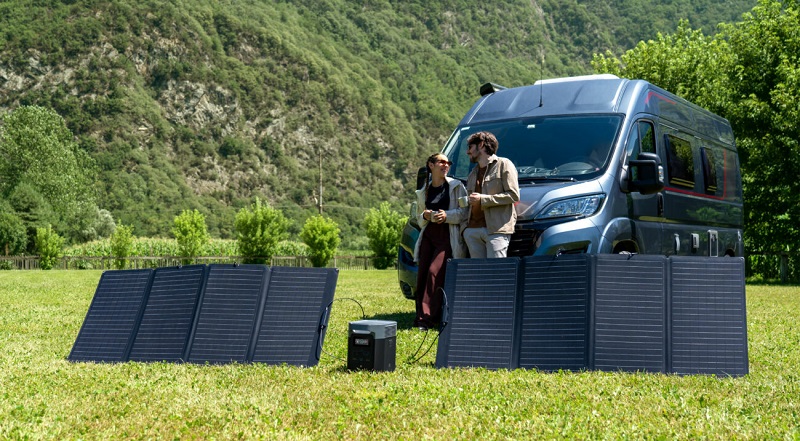Free Classifieds at USNetAds.com - View Item Content by ID 132055286

USNetAds > Shopping > Online Shopping > Item ID 132055286
Item ID 132055286 in Category: Shopping - Online Shopping
Cannot view this item. It could be pending, expired or deleted.
Below item is randomly selected from the same category and may have similar content.
Buy EcoFlow Solar Panel and Battery for Unlimited Energy in Mexico | |
"¿Buscas energía limpia sin pagar facturas de luz? En Solar Tech Mexico tenemos los sistemas solares portátiles más avanzados del mercado: EcoFlow Delta, EcoFlow River Pro, EcoFlow Delta Pro Ultra, EcoFlow Solar Generator, EcoFlow Panel Solar 400 Watts y batería EcoFlow con el mejor precio. Ideal para casa, negocio, camping, RV, emergencia o respaldo de energía. Conecta panel solar y obtén energía ilimitada durante el día, carga rápida y batería de alta duración para la noche. Ventajas: • Generador solar sin gasolina y sin ruido • Alta capacidad para refrigeradores, herramientas, TV, AC • Portátil, ligero y resistente • Compatible con paneles solares EcoFlow y placa solar 400W Somos distribuidor autorizado de EcoFlow México. Envíos a todo México y pago seguro. Visita: https://www.solartechmexico.com/ Energía solar inmediata. Sin instalación. Sin permisos. Solo conectar y usar.  | |
| Related Link: Click here to visit item owner's website (0 hit) | |
| Target State: All States Target City : All Cities Last Update : Nov 15, 2025 1:52 AM Number of Views: 124 | Item Owner : Solar Tech Mexico Contact Email: Contact Phone: (None) |
| Friendly reminder: Click here to read some tips. | |
USNetAds > Shopping > Online Shopping > Item ID 132055286
© 2025 USNetAds.com
GetJob.us | CANetAds.com | UKAdsList.com | AUNetAds.com | INNetAds.com | CNNetAds.com | Hot-Web-Ads.com | USAOnlineClassifieds.com
2025-11-19 (0.599 sec)